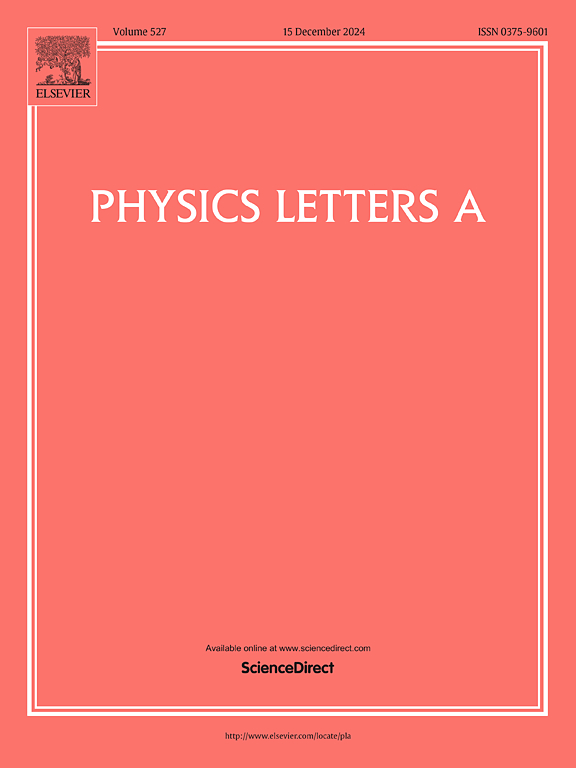Light polarization effect on the extinction spectrum of silver nanostructures
IF 2.3
3区 物理与天体物理
Q2 PHYSICS, MULTIDISCIPLINARY
引用次数: 0
Abstract
The optical properties of metal nanostructures especially the localized surface plasmon resonances (LSPRs) have been intensively investigated in recent times. In this paper, we explore the resonance behavior for various arrangement of silver (Ag) nanostructures characterized by far field optical spectroscopy in the visible and near-infrared regions of the electromagnetic waves. Depending on the light polarization and nanostructure morphology, extinction cross section spectrum displays multipolar resonance modes. Furthermore, plasmonic coupling within the nanostructure results in a strong increase in the optical response magnitude, accompanied by a spectral position redshift. Using transmission electron microscopy (TEM) images, the nanostructures morphologies are redesigned by Comsol Multiphysics. The optical response of the nanostructures recorded from measurements and modeling based on Finite Element Method (FEM) provides a very good agreement. Knowing the optical response of these nanostructures and exploiting the generation of plasmonic field enhancement, opens applications on several domains such as sensors and imaging.
光偏振效应对银纳米结构消光光谱的影响
近年来,金属纳米结构的光学性质,特别是局部表面等离子体共振(LSPRs)得到了广泛的研究。本文研究了银(Ag)纳米结构的不同排列方式在电磁波可见光和近红外波段的共振行为。根据光极化和纳米结构形态的不同,消光截面谱呈现多极共振模式。此外,纳米结构内的等离子体耦合导致光学响应幅度的强烈增加,并伴有光谱位置红移。利用透射电子显微镜(TEM)图像,利用Comsol Multiphysics软件重新设计了纳米结构的形貌。基于有限元法(FEM)的测量和建模记录的纳米结构的光学响应提供了很好的一致性。了解这些纳米结构的光学响应并开发等离子体场增强的产生,将在传感器和成像等多个领域打开应用。
本文章由计算机程序翻译,如有差异,请以英文原文为准。
求助全文
约1分钟内获得全文
求助全文
来源期刊

Physics Letters A
物理-物理:综合
CiteScore
5.10
自引率
3.80%
发文量
493
审稿时长
30 days
期刊介绍:
Physics Letters A offers an exciting publication outlet for novel and frontier physics. It encourages the submission of new research on: condensed matter physics, theoretical physics, nonlinear science, statistical physics, mathematical and computational physics, general and cross-disciplinary physics (including foundations), atomic, molecular and cluster physics, plasma and fluid physics, optical physics, biological physics and nanoscience. No articles on High Energy and Nuclear Physics are published in Physics Letters A. The journal''s high standard and wide dissemination ensures a broad readership amongst the physics community. Rapid publication times and flexible length restrictions give Physics Letters A the edge over other journals in the field.
 求助内容:
求助内容: 应助结果提醒方式:
应助结果提醒方式:


